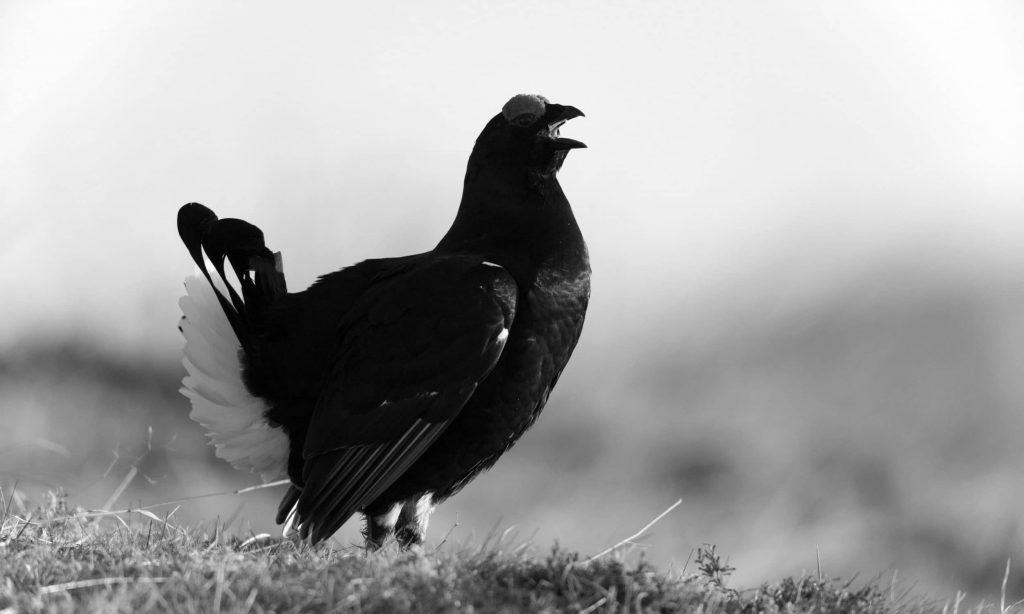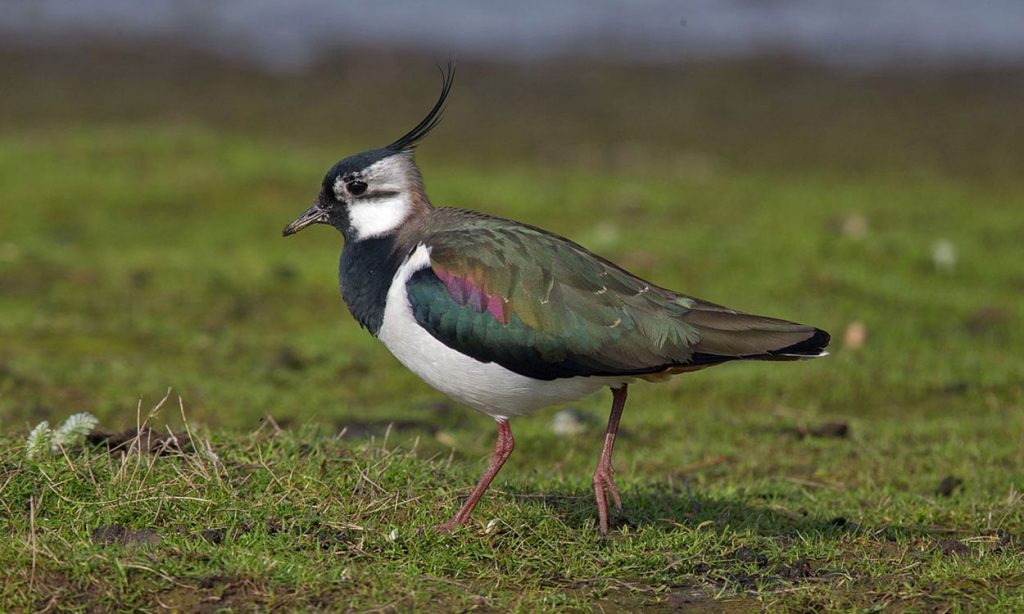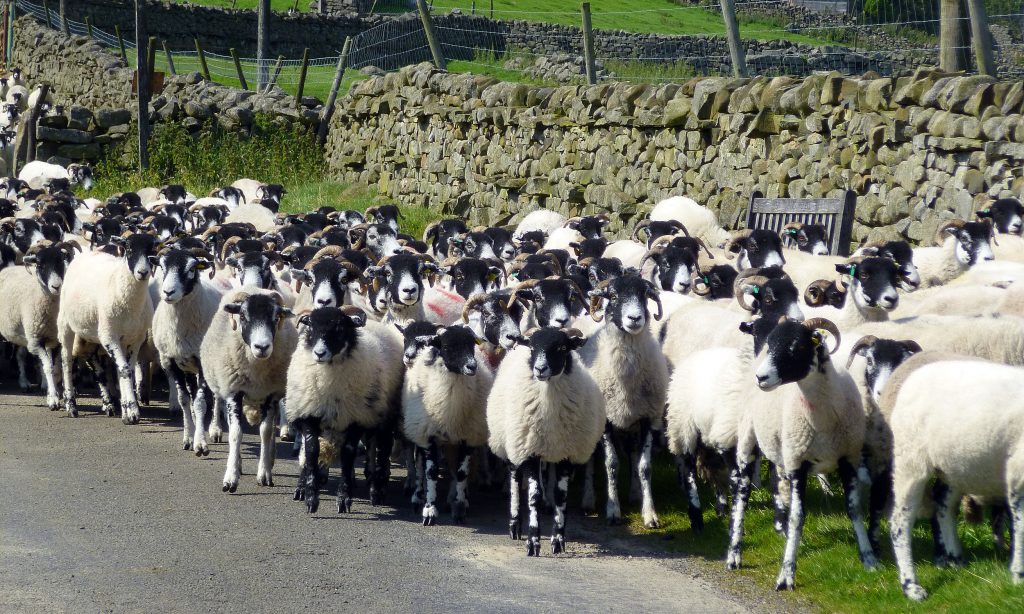Wildlife in Upper Teesdale
The soils, range of temperatures and rainfall levels in Upper Teesdale enable considerable diversity, from invertebrates to birds and mammals. The hatching of insects in the spring is an important food source for the chicks of upland birds, such as red grouse and golden plovers, who must feed themselves straight away. Interesting moths include the rare Northern Dart and two large day-flying moths, the Northern Eggar and the Emperor Moth. Many rare species of ‘devil’s coach-horse’ beetles have been recorded in the upper dale.

On the moors are red grouse and golden plover, snipe, meadow pipit and skylarks. Black grouse is decreasing. Males gather in ‘leks’ in spring-time mating displays and Teesdale is home to the largest lek in England, by Forest in Teesdale. Many birds live in the woods, including warblers, the spotted flycatcher and nuthatch. Lapwings, curlew and redshanks can be seen – and heard- in the pastures in the spring. In the Tees and streams, dipper, grey wagtail and sandpipers are common. The dipper is the symbol on the Teesdale Way signposts. The reservoirs attract geese, ducks, grebes and cormorants.

Pygmy shrews are the commonest mammal. You can also see hedgehogs, moles, water voles, rabbits, hare, roe deer, occasional fallow and red deer. If you are very lucky you can spot the fox, badgers, otters and American mink. The main animal is, of course … sheep!




